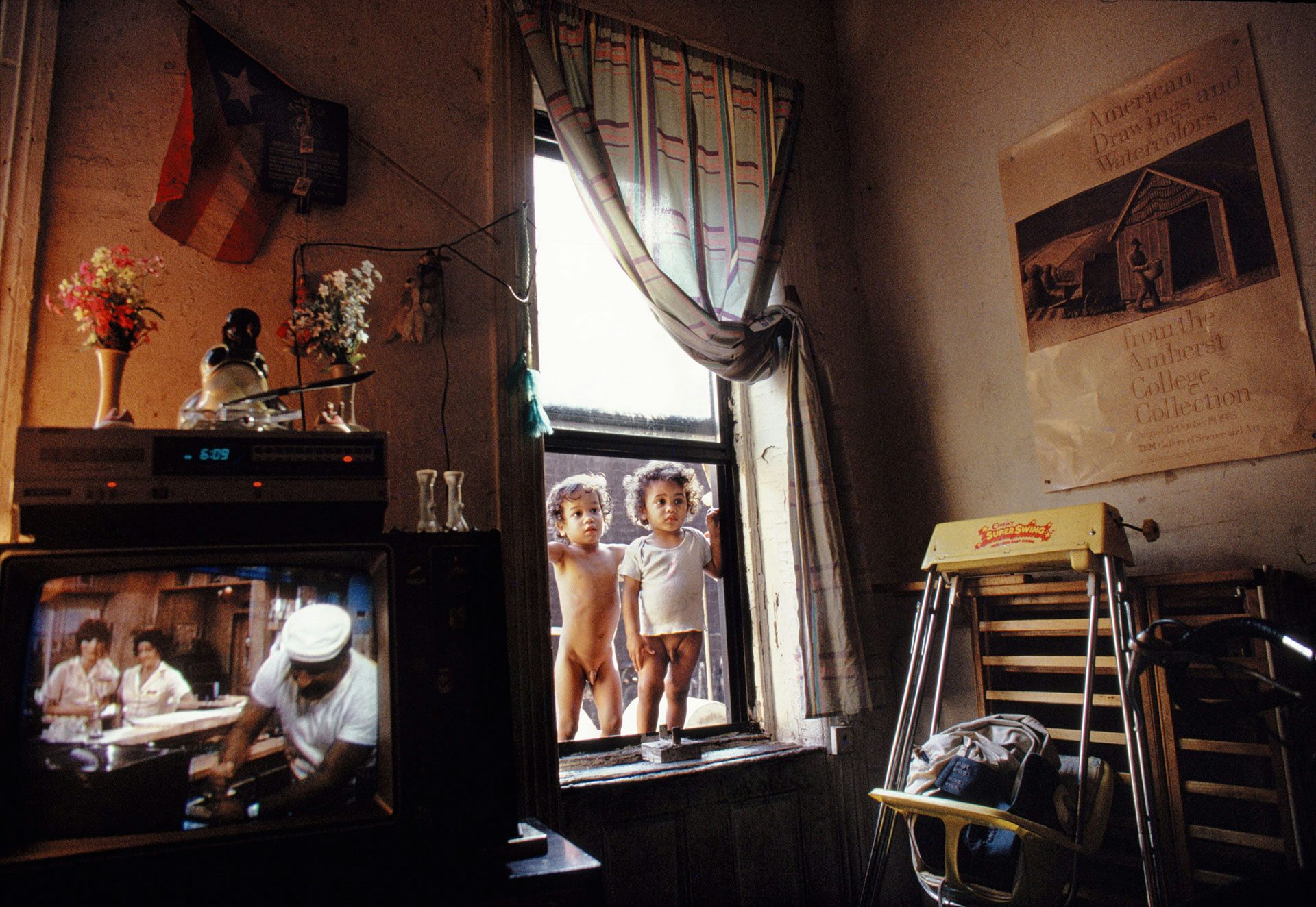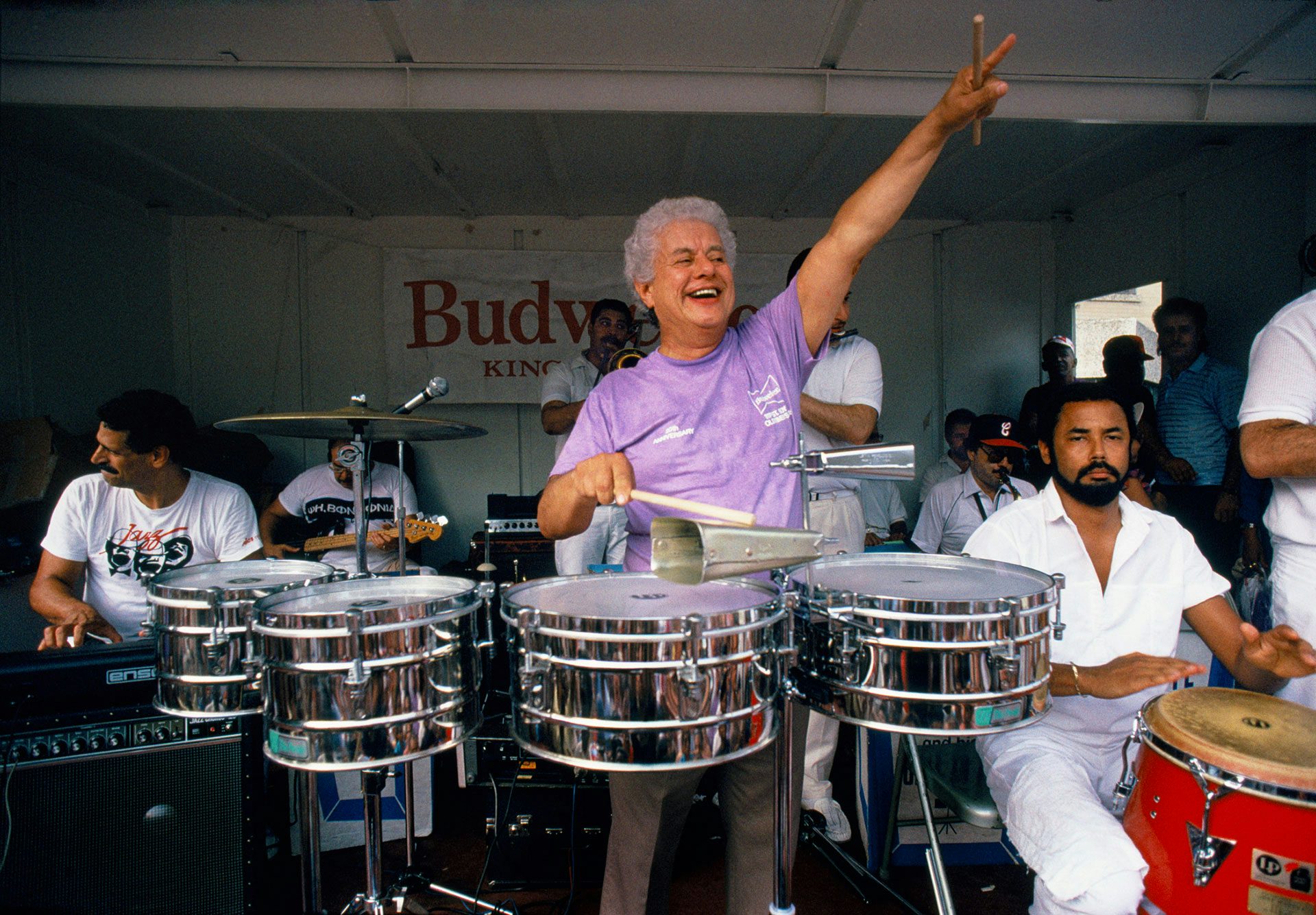Spanish Harlem in the 1980s – Joseph Rodriguez’s gritty portrait of El Barrio
Documentary photographer Joseph Rodriguez lived and worked in Harlem in the 1980s and produced a beautiful series of photographs, now the subject of a book and exhibition from Brooklyn-based publisher, powerHouse

Like many big cities, New York offers its people a multiplicity of experiences. These experiences vary based on place; each neighbourhood looks and feels different, dresses differently and is home to different people. These experiences also keep changing with time – each generation, change in government and wave of immigration leaving its mark.

The city and her many faces have played muse to photographer Joseph Rodriguez throughout his career. In the late 1980s he lived in Spanish Harlem – ‘El Barrio’ – and produced a entrancing portrait of the neighbourhood.
This series of work is now being celebrated in a new photobook by powerHouse and an exhibition of images from the series on show at the Bronx Documentary Center.

Rodriguez, who comes from a Puerto Rican family, capitalised on his position as an insider within the community – predominantly Hispanic and Black – to document people at birthday parties and other celebrations, while at church or on religious holidays, at political demonstrations and so on. He also just spent time hanging out on sidewalks, in friends’ homes and observed the mundane.


Daniel Power, powerHouse’s founder, believes that while Rodriguez’s work has improved with age – and is perhaps even more striking at this point in time – the photographer’s work hasn’t been properly celebrated thus far.
“It was time to make this right and put Rodriguez’s work into an art book,” he says. But more importantly, the time seemed right. “The 70s wave has crested, and this decade – the nostalgia, the innocence, the sweet grit – is now rolling up on us.”

Aspects of Rodriguez’s Harlem are still alive today: “the streetscapes, the storefronts, the men playing dominoes, the hanging out on stoops, the family apartment interiors will be feel the same to someone visiting today,” says Power.
“What will be missing, some will see sadly, is the communal blanket [that] a neighbourhood and a place enveloped its inhabitants in, a sense of a family scene in an apartment being connected to the stoop sitters, the Sunday School kids being related to the guys dealing drugs on the corner.”
Then, Power adds, there’s “the shattered community paradigm – the affectation of consumerism, the isolated perspectives driven by smartphones, the upward mobile aspirations of new generations born there and or inward coming migration of gentrification.”

What’s beautiful about Rodriquez’s work – besides the rawness, grit and vibrance of the tableaus he paints – is that his work simultaneously glorifies the past and celebrates the Harlem that still exists today.
Spanish Harlem: El Barrio in the ’80s by powerHouse Books, $40, is out now. The exhibition will be on view till December 23 at the Bronx Documentary Center












